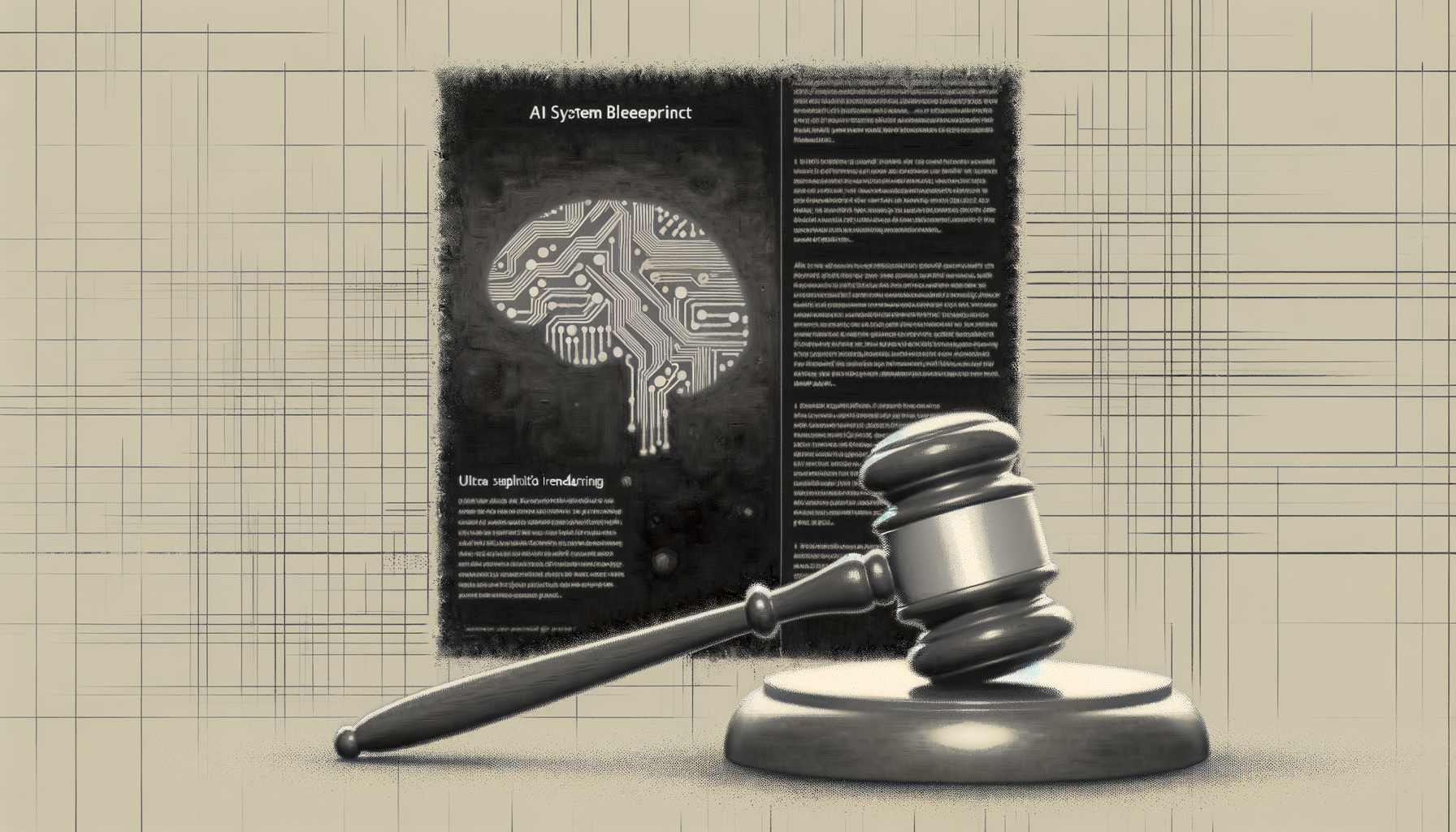Enterprise AI decision-making has finally outgrown its old limits—but what’s the secret leap that’s letting models take confident, high-stakes actions at last? The new answer may surprise you—and change how organizations design autonomous agents forever.
Unpacking the Bottleneck: Why Traditional LLMs Still Struggle With High-Stakes Decisions
In the last several years, the evolution of Large Language Models (LLMs) appeared unstoppable: better performance, richer capabilities, and adoption across industries. Yet in critical business environments—whether finance, healthcare, legal, or logistics—one flaw remains stubbornly persistent: the inability to reason reliably across long, complex, domain-specific tasks.
Classic LLMs, even those bolstered by instruction tuning and RAG (retrieval augmented generation), often still produce surface-level answers, brittle chains of thought, or confidence-boosted missteps when tasked to autonomously decide in ambiguous or high-risk contexts. The result? Bottlenecks for enterprise AI rollout, from risk analytics to regulatory workflows—even as LLMs boast theoretical capabilities far beyond current deployment.
“Exceptional autonomous AI doesn’t just generate text; it carves out decisive solutions by pinpointing and mastering pivotal steps within sprawling problem spaces.”
The Emergence of Guided Pivotal Optimization: What Makes It Different?
Guided Pivotal Optimization (GPO) is not just another AI architecture tweak—it’s a fundamental pivot in how LLMs approach autonomous reasoning. Rather than attempting to traverse every possible pathway across a vast decision tree, GPO compels models to identify, prioritize, and optimize for the crucial ‘pivotal’ steps that actually determine successful problem resolution.
Imagine a financial risk engine, previously forced to plod sequentially through thousands of regulatory variables. With GPO, the LLM pinpoints which factors control 80% of risk-likelihood outcomes, routes deliberation and validation there, and only then proceeds—cutting waste, boosting reliability, and aligning model focus directly to enterprise impact.
Why Autonomous Agents Need Pivots: The Problem With “Blind” Exploration
Most current-generation LLM agents still operate via “next token” bias—chasing the path of plausible continuation, not the path of maximal insight. In multi-stage enterprise tasks (contract review, clinical recommendations, supply chain triage), these agents:
- Overweight trivial steps, overexplaining basics, under-specifying pivotal steps
- Stall at ambiguity, lacking judgment on which uncertainties actually matter
- Struggle to learn from sparse, high-value feedback—critical in domains where only a few decisions drive 99% of ROI
Guided Pivotal Optimization rewires this flaw: by explicitly training and incentivizing models to home in on pivotal junctures, it enables a new generation of LLMs and agents that emulate domain-expert thinking under uncertainty.
What Does GPO Change for AI Deployment?
- Decision Traceability: GPO-based agents can justify why certain steps mattered, mapping logic onto actionable, explainable pivots—crucial for audits and compliance.
- Robustness in Complex Environments: Rather than being thrown off by irrelevant details, the model’s attention and optimization targets high-leverage points.
- Smarter Feedback Loops: By focusing learning and reward signals at pivotal decision points, training is not diluted by noise—models improve where it counts, fast.
- Superior Autonomy Under Uncertainty: In new, ambiguous domains, GPO-fortified agents deliver better first-attempt decisions and recognize when escalation or human intervention is truly necessary.
The Core Mechanics Behind Guided Pivotal Optimization
At its heart, GPO involves a blend of pivotal step extraction (analytically or via domain expert annotation), focused optimization (through reward shaping and constraint learning), and augmented capacity for dynamic planning. Instead of relying on generic chaining, models learn to dynamically question: “Which step right now will most affect downstream success?”
How GPO Works in Practice:
- Pivotal step identification: Formal methods, expert curation, or unsupervised algorithms highlight problem-phase transitions with highest leverage.
- Guided optimization: The LLM’s reward/model update is shifted to prioritize completeness and correctness at these pivots—not simply global loss reduction.
- Iterative refinement: Agents reflect and self-correct specifically at pivots, learning from failures that matter instead of noise elsewhere.
This mirrors how advanced domain experts operate: they don’t waste time on boilerplate—they spot the one clause, constraint, or variable that makes or breaks the outcome, and direct their focus accordingly.
From Laboratory Breakthrough to Enterprise Adoption
While GPO is an active research zone, early deployment signals across industries are instructive:
| Domain/Use Case | Traditional LLM Limitation | GPO Advantage |
|---|---|---|
| Legal Contract Drafting | Misses cascading effects of key clauses; verbose trivial checks | Pivots focus to interdependent risk sections |
| Clinical Decision Support | Confuses symptom noise with diagnostic pivots | Accelerated convergence on ruling factors |
| Financial Compliance | Surface-level conformance, misses pivot triggers | Spotlights regulatory inflection points, flags only meaningful anomalies |
Highly regulated industries get more credible autonomy; knowledge-centric orgs get explainable AI support that aligns with top expert practice.
Key Challenges and The Road Ahead
The promise is enormous—but so are the new frontiers of complexity:
- Pivotal Step Extraction: Automating accurate pivot identification without overfitting remains tough outside clear rule-based domains.
- Reward Design: Crafting robust incentives for GPO models means close collaboration between domain and ML experts, or dynamic, data-driven feedback pipelines.
- Scalability: Ensuring GPO’s benefits persist as workflows, documents, or organizational rulesets grow in real-world size.
Crucially, guided pivotal optimization is not one technique—it’s a family of approaches, spanning:
- Curriculum learning setups tuned to pivotal reasoning stages
- Hierarchical reinforcement learning with pivot-centric reward shaping
- Expert-in-the-loop systems bootstrapping pivot maps for future automation
This means collaboration between AI practitioners, domain specialists, and systems architects will define the next leap in truly autonomous, trustworthy decision support.
Executive Implications: How to Act Now
For executives, architects, and innovation leads, the implications of GPO are strategic and immediate. If your organization relies on AI-powered agents for critical, multi-step, business-impact decisions, you can no longer afford to trust black-box LLM autonomy powered purely by scale. Instead:
- Evaluate workflows for overlooked pivotal junctures—where a single decision determines cascading impact
- Prioritize AI partners and platforms actively researching or integrating GPO-style optimization
- Insist on rigorous, transparent benchmarks for pivot-level accuracy and decision traceability
- Invest in cross-disciplinary taskforces—data scientists, compliance leads, and domain experts—to identify pivots and close the loop on model refinement
Much as RAG transformed the value of proprietary data in language modeling, GPO will define which organizations gain reliable, defensible AI autonomy at scale in 2025 and beyond.
The Next Stage: Rewriting the Contract Between Humans and Autonomous Agents
Guided Pivotal Optimization is more than an implementation detail—it’s a new philosophy about how language models approach complexity, ambiguity, and consequence. As enterprise AI agents finally transition from assistants to autonomous actors, the ability to parse, prioritize, and resolve pivotal decisions safely and consistently won’t just be a competitive edge—it will be a license to operate.
Pivotal optimization is the new frontier: in 2025, only those who master it will unlock truly autonomous, auditable, and high-impact AI agents for real-world business.





